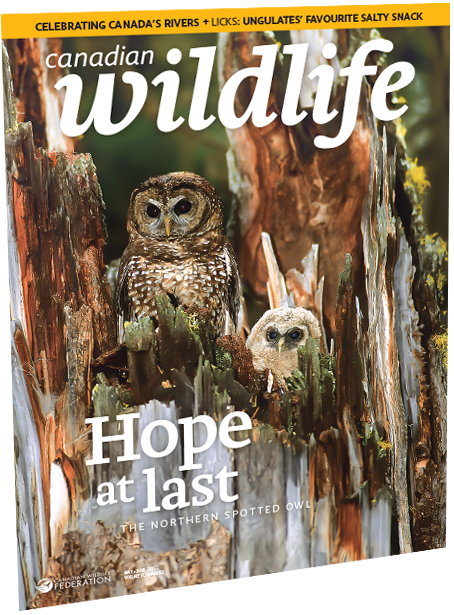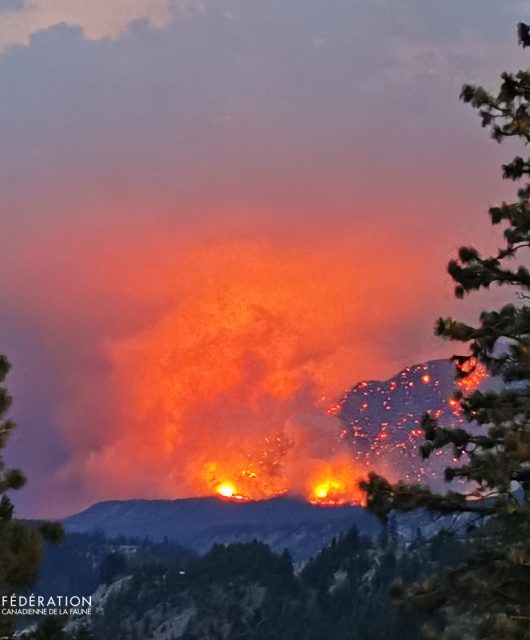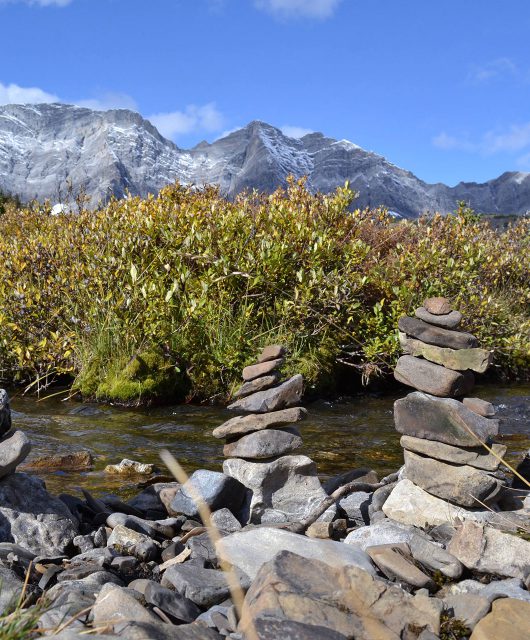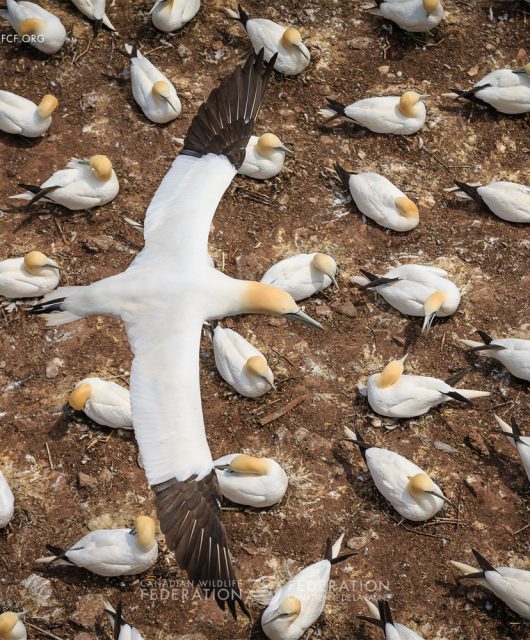Our understanding of dinosaurs today makes what we knew 50 years ago primitive.
Decades ago, all we had to learn about dinosaurs and their lives was fossils: bones, tracks and teeth. Today we have chemistry. In a recent study, U.S. and German researchers Jasmina Wiemann, Tsu-Ruei Yang and Mark Norell report using high-resolution Raman microspectroscopy to reveal that the first animals to lay coloured eggs were not birds, but dinosaurs.
That we even have dinosaur eggs — in nests — is startling enough, but having the ability to analyze the pigments in them is several steps beyond. Wiemann and Norell point out that there are two egg pigments, one red-brown, the other blue-green, and the presence and patterning of the two account for the range of birds’ eggs seen today.
Today, only birds’ eggs are coloured and/or speckled. Turtles, alligators and other egg-layers lay white eggs, but they’re buried, unseen by egg-stealers. Birds’ eggs are deposited above ground, usually in some sort of nest, leaving them open to predation. While nests can be hidden, coloration is assumed to provide, at least in many cases, some sort of camouflage.
Given that at least some dinosaurs’ eggs were coloured in the same way, it’s reasonable to assume these eggs were also laid above ground, not under it. This in turn implies that the eggs would be guarded or incubated by the adult, conjuring up a slightly hilarious image of a mammoth dinosaur settling gingerly on a “nest” full of eggs. Crunch! Yet that wouldn’t appear to be an issue: for one thing, some of these egg-layers were not the size of the most familiar dinosaurs but rather smallish, graceful animals. As well, a variety of dinosaur egg clutches have been found arranged in a doughnut- like circle, apparently to allow the animal to plunk most of its weight directly on the bare ground, while still providing enough warmth to the eggs packed closely around it.
This is fascinating insight into the life of these animals, which lived 100 million years ago, but there is much more to wonder about. When it comes to birds’ egg camouflage today, predation is not the only concern. Nest parasitism is too. Many species around the world lay their eggs in other birds’ nests and let them do the parenting. In North America, the brown-headed cowbird is the villain.
Up until the 20th century, cowbirds made a very good living following the herds of bison in western North America. The bison flattened vegetation and stirred up the insects on which the cowbirds fed. But following moving herds is a problem for reproduction. If cowbirds made a nest, laid their eggs and incubated them, the herd would be long gone. Instead, the birds adapted to the situation by laying their eggs in other birds’ nests, then moving on with the herd.
Even with the near-extermination of the bison at the end of the 19th century, cowbirds didn’t miss a step. They switched to cattle and also, because of clearing of forests, found new species to parasitize at forest edges. As a result, their populations have boomed.
THE
STUDY SUGGESTS
PREHISTORIC EGGS
WOULD BE GUARDED
OR INCUBATED BY AN
ADULT, CONJURING UP THE
IMAGE OF A MAMMOTH
DINOSAUR SETTLING
GINGERLY ON A
“NEST” FULL
OF EGGS
It’s an evolutionary war between cowbirds and their victims: some species recognize the cowbird egg and will either toss it or, if there are two eggs, simply abandon their nest and start over. Some warblers will even build a second nest on top of the first. But they’re still susceptible: the cowbird nestling will usually hatch a little earlier than the others, grow faster and eventually dominate the nest. It is startling to see an adult warbler dutifully feeding a young cowbird twice its size, unaware of the obvious (to us) mismatch.
Back to the dinosaurs. If dinosaurs laid eggs on the ground in the open air, and if those eggs were patterned and coloured to be camouflaged, surely there would have been dinosaurian nest parasites as well as predators?
I have no idea how we might ascertain the truth of this, but the mind boggles when you imagine any of the scenarios that might run parallel to what we see today: a dinosaur waiting patiently beside a nest until the incubating parent leaves briefly, then jumping in and depositing a few eggs, then leaving. Or, a dinosaur squeezing in beside the incubating parent and depositing its eggs without even bothering to wait. Or, an intruder dashing in, consuming some of the eggs and replacing them with its own.
The dinosaurs are gone, but their behaviours might still be with us.

Reprinted from Canadian Wildlife magazine. Get more information or subscribe now! Now on newsstands! Or, get your digital edition today!





